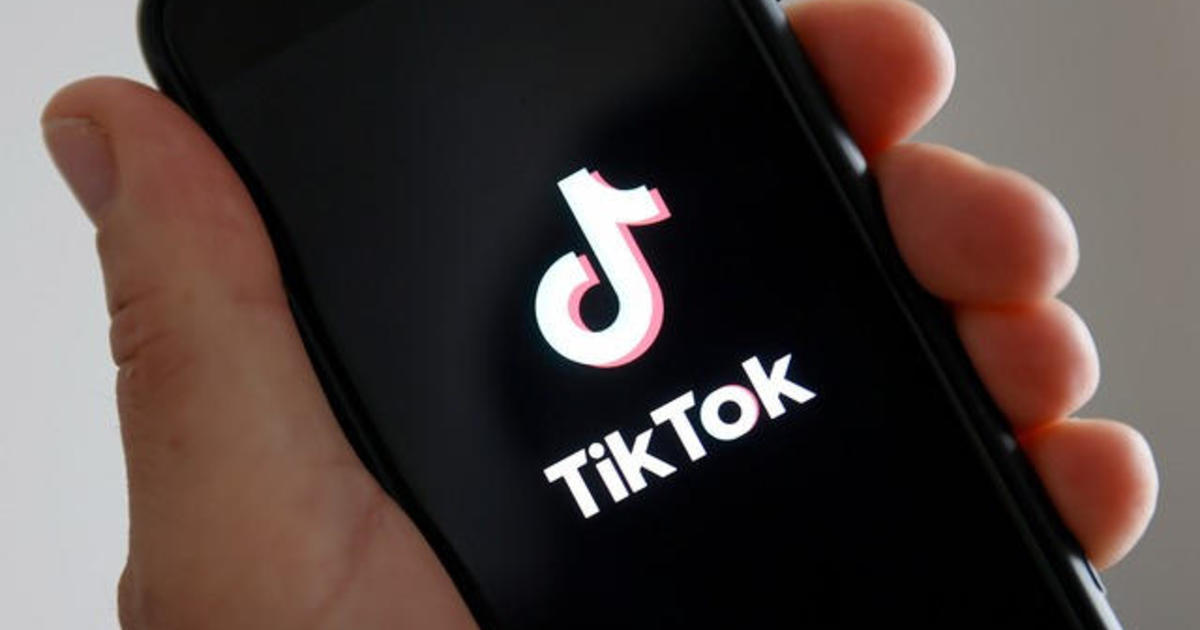'The Potomac Lice Lady' Is A Sought-After Nitpicker
By LYNDSEY LAYTON
The Washington Post
WASHINGTON (AP) -- The cars, some from as far as Georgia, pull up to the stately brick home tucked into an affluent Washington suburb. Some of the people who emerge are tearful, others are panicked. Most are itchy.
A small sign wedged into the ground gives the only hint of the death and renewal taking place inside: The Potomac Lice Lady.
The cottage industry of picking -- professionals who painstakingly remove head lice, those six-legged parasites that make themselves at home on human scalps and don't give up without a fight -- is exploding, thanks to a combination of insect evolution, school policy and youth culture.
Head lice have grown increasingly resistant to over-the-counter shampoos and treatments, according to a growing body of research. At the same time, school districts across the country have relaxed their lice policies, allowing children with nits -- lice eggs -- to attend school instead of requiring them to stay home. And head-to-head contact -- the most common way that lice spread -- is rising among children and teens as they huddle together over smartphones, iPads and other devices.
A problem that used to be an occasional nuisance a generation ago has turned chronic for some.
"I am so ready to be done with this," said Ashby Mims, ¡co-president of the PTA at Key Elementary in the District, whose two sons, in kindergarten and second grade, each had lice twice in the past two months.
At Key, lice cases were reported at the beginning of the school year, about a month later and again last week. Nearly every grade has been affected, Mims said.
Two mothers were in tears recently at the school's front desk, overwhelmed by the task of dealing with lice, she said. "I've felt that way myself," Mims said. "If you haven't had it, you don't know what to do."
No one tracks the number of head lice cases in the United States, and there is no estimate of the number of infestations in the nation's schools. The Centers for Disease Control and Prevention estimated in 1997 that there were between 6 million and 12 million cases of lice infestation annually, with children ages 3 to 12 most likely to fall victim.
Head lice, which are not considered a health hazard because they do not carry disease, cannot fly or jump. Lice feed on human blood several times a day, and each louse can lay up to 10 eggs a day, which strongly affix to hair shafts and hatch after a week. Once a louse is removed from a scalp, it will die in about 48 hours.
Scientists have found increasing evidence that over-the-counter shampoos and treatments are not as effective in the United States because head lice have mutated and grown immune to the pesticides, researchers said. Stronger medications are available but require a prescription, and some are considered toxic. Experts say that manual combing to remove eggs and lice is effective if it's thorough.
That's where Lauren Salzberg comes in.
A onetime preschool teacher, Salzberg became adept at picking nits and went professional, becoming the Potomac Lice Lady. At first, she made house calls but eventually built a salon in her garage so customers could travel to her.
And they do.
So far this year, Salzberg has treated more than a thousand families, up from 836 families through October 2014 and 445 families during the same period in 2013. As she worked on a succession of customers on a recent morning, her phone kept ringing with calls from others itching to make an appointment.
Salzberg, 46 and a mother of three, does not use pesticides or chemicals, preferring the painstaking process of manual removal of nits and lice with a ¡professional-grade nit comb.
Dressed in pastel scrubs and a surgical head cap, Salzberg wets her customer's hair with a combing solution and methodically works her way around the head, wiping her comb on white napkins and tossing live lice and nits into the trash. A typical session takes an hour to 90 minutes, depending on the severity of the infestation and the customer's hair length. She charges $90 an hour for lice removal; there's a $25 fee to check for lice.
To entertain her younger clients, she offers a flat-screen television tuned to children's programming and doles out candy and prizes. Her salon is decorated with thank-you cards scrawled in crayon.
Two of three customers on a recent visit asked not to be identified, underscoring the social stigma that persists about lice.
"I would just never want to put her in a situation where people know, and then she might not get invited to play dates and that sort of thing," said one father of a kindergartner who attends a D.C. public school.
That urge for privacy can also aggravate the problem. When parents don't report lice outbreaks, other families don't know to check their children and don't catch them early.
"Nobody wants to admit they have it," said Ellen Van Bergen, of Potomac, Md., whose daughter had lice twice last year. Another girl at their middle school had lice, but her mother denied it to other parents, Van Bergen said. "I get there are things you protect your child from, but the right thing to do is to tell people."
Tammy Collis drove an hour and a half from Inwood, W.Va., to the Potomac Lice Lady last week, bringing her 9-year-old daughter, Addison.
They had been battling lice since November, almost a year.
"I just keep getting it, over and over again," said Addison, a fourth-grader. Her mother had spent more than $200 on ¡over-the-counter remedies, as well as pesticide fogs that she detonated in Addison's bedroom and playroom. She chopped eight inches off her daughter's long, blonde tresses. But it didn't make a difference.
"Obviously, we didn't get the stuff out," Collis said, noting that the final straw came last weekend, when Collis saw Addison scratching her head while they were in a GameStop store. "I didn't even wait until we got home, I called the Lice Lady right there in the car."
Salzberg found Collis also had an infestation, but much milder. The total cost of the outing was $266, which included removal, a comb, combing mousse and scented hair spray.
Many school districts around the country have recently relaxed their approach to head lice, following a 2010 recommendation from the American Academy of Pediatrics to end "no-nit" policies and allow students in school even if they've got louse eggs in their hair; because the eggs are fixed to hair shafts, they can't transfer to others.
"It doesn't make you sick, you don't get a fever, you don't end up in the hospital," said Barbara Frankowski, a Vermont pediatrician who co-authored the AAP recommendation. "Your head itches and that's it. And you treat it and it's done. Why would you exclude a child from school when you don't exclude kids who come to school with colds, runny noses and coughing?"
Frankowski said she has received hate mail from parents and school nurses, who blame her organization for their children's head lice. "Who would have thought it was going to be so controversial?" she said.
Advocates of "no-nit" policies say that nits can hatch into live lice, which can crawl from head to head, spreading infestation.
"They can say it's just a nuisance, but I'm sorry, it's highly communicable," said Deborah Altshuler, president and co-founder of the National Pediculosis Association, which advocates for combing instead of chemicals to remove lice. "If eggs are not removed, they will hatch new lice and children will come back to school to share lice among their peers. That's why we're in this mess.
"None of the over-the-counter treatments are 100 percent effective against the nits, so if they're not removed, they will hatch new lice," Altshuler said.
Frankowski dismissed the National Pediculosis Association as "a bunch of wealthy suburban Boston women who the worst thing in their lives that's ever happened is their child getting head lice."
She suggested that socio-economic issues underscore the debate about no-nit policies. Low-income and working-class parents often can't afford to take time to care for children excluded from school because of head lice and often face more urgent problems, such as paying rent, she said.
"It's nice if you're rich and can pull out several hundred dollars to pay one of those ladies to come to your home," Frankowski said. "You can be self-righteous the next day at school and say you don't want your child sitting next to `those children.'?"
In Beverly Hills, Calif., the school board followed the American Academy of Pediatrics recommendation in 2013 and got rid of its no-nit policy. And then it reversed itself last year.
School board member Noah Margo said his three children and wife all got head lice in 2013 after Beverly Hills relaxed its policy. "There was definitely concern from parents and concern from the administration, saying that we were inviting trouble" by allowing students with nits in school, he said. "This was a no-brainer. One student missing a day is better than keeping that kid at school and it gets worse and then 10 kids miss school."
After trying to get rid of the lice themselves, the Margos hired a mobile nitpicking company, whose technicians came to their house. "You really need skilled people," Margo said.
Like the Potomac Lice Lady.
Salzberg's phone rings insistently as she works on a customer, carefully combing through hair.
"We have limited availability for this afternoon," she told the caller. "We do the bulk of it here in the salon. But you will also have to comb at home afterwards. It's a process. There are no shortcuts to lice."
(Copyright 2015 by The Associated Press. All Rights Reserved.)



